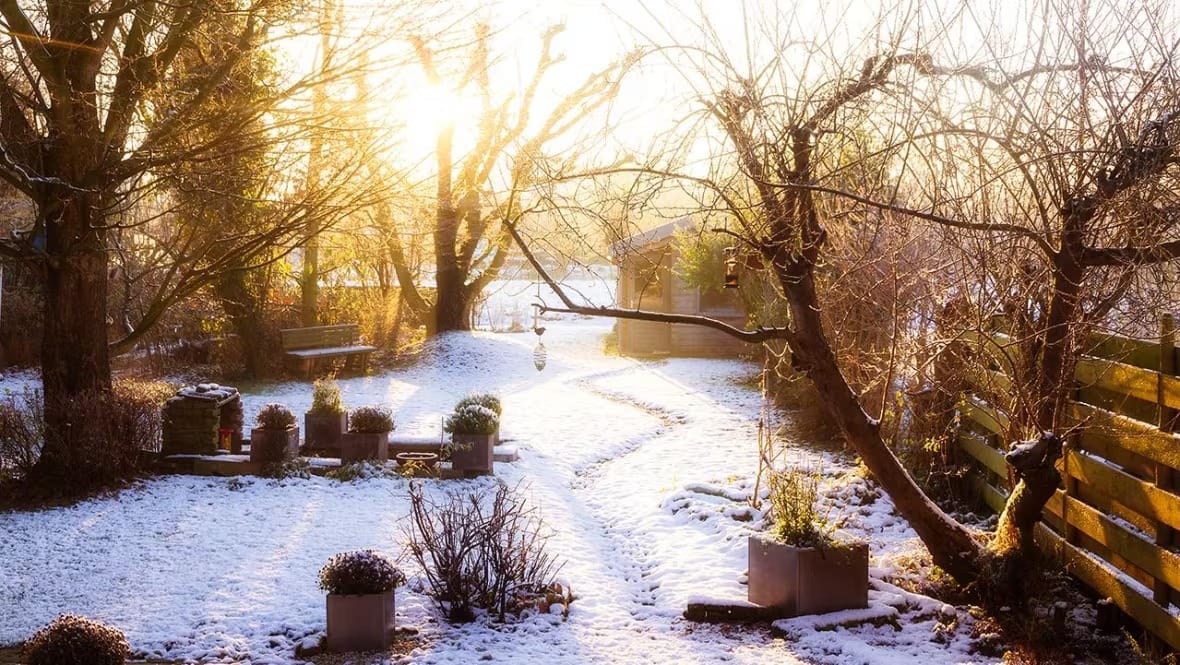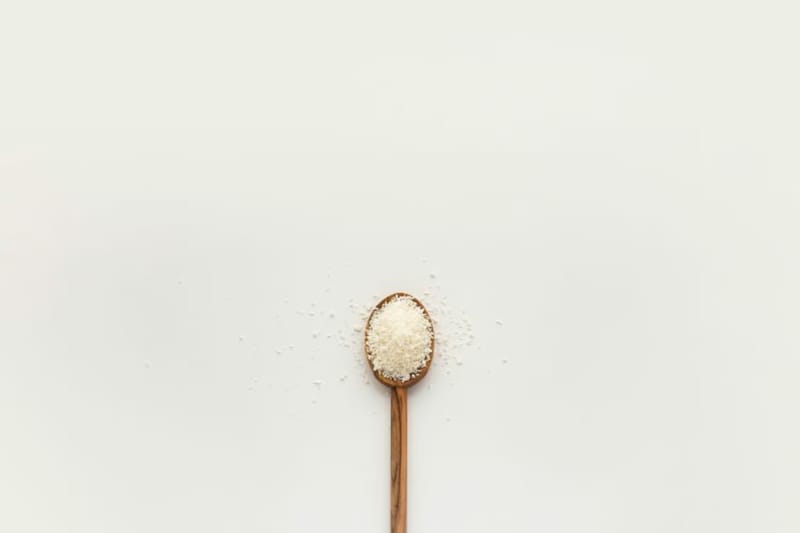How to prepare your garden for winter
What to put into hibernation and what you should just leave be

As gardens evolve over time, so does our understanding of gardening practices. In the past, winterizing a garden meant meticulously clearing away every leaf, stem, and spent bloom to maintain a neat appearance. However, research has shown that these plant remnants play a crucial role in supporting wildlife and biodiversity. As a result, today's fall garden cleanup looks very different from what it did just a decade ago. Instead of bagging everything up, gardeners are now encouraged to leave much of it in place.
So, what should be on your fall gardening checklist? According to Giuliana Casimirri, executive director of Green Venture, an environmental education organization in Hamilton, Ont., fall is a great time to assess what worked in your garden and plan for next year. "Fall is also a good time to plant trees," she added.
One key practice to embrace is leaving the leaves. "Leave the leaves" has become an important mantra, as fallen leaves provide valuable food for wildlife and support beneficial insects over the winter months. However, there’s a caveat: thick mats of leaves on lawns can suffocate the grass underneath, and leaves shouldn’t be left in areas like patios or driveways where they can become a soggy mess. The solution is to rake leaves into perennial gardens, where they can decompose naturally, enriching the soil and providing shelter for insects. If there are extra leaves, they can be saved in a compost bin for later use.
Fall is also an ideal time to introduce a compost bin to your yard. Creating compost doesn’t have to involve kitchen scraps; garden waste like leaves, grass clippings, and twigs can also be composted. While it takes longer to break down, leaf mold, or partially decomposed leaves, is excellent for enriching the soil, especially in perennial and vegetable garden beds.
In her own urban garden, Casimirri sometimes collects leaves from neighborhoods with large tree canopies, taking advantage of yard waste collection days. She views leaves as a valuable resource, demonstrating just how important they are for maintaining a healthy garden.
To speed up the decomposition process, Casimirri recommends creating a "leaf smoothie." She places leaves in a garbage bin and uses a weed trimmer, much like an immersion blender, to chop them into a fine, sand-like consistency. These chopped leaves are then spread around the garden to feed the soil. "They break down much faster, the soil is so much richer, and I don’t need to add anything after that," she explained.
When it comes to perennials, leaving them untouched in the fall can provide additional benefits. The hollow stems of perennials offer shelter for insects like native bees, while the seed heads from flowers like coneflowers and liatris provide food for birds. Casimirri also recommends planting native shrubs, which offer structure and provide birds with perches and food during winter. Two of her favorite options are elderberry and snowberry, which remain fruitful into the colder months, attracting birds like robins.
There are some plants, such as peonies, that should be cut back in the fall, especially if they show signs of disease. When cutting back, it’s important to avoid damaging the plant’s crown, where the stems meet the roots.
For annuals, which won’t return next year, the chop-and-drop method is a great option. As recommended in The Regenerative Garden by Stephanie Rose, gardeners can simply cut back healthy annual plants that are pest- and disease-free and haven’t gone to seed. The plant material can then decompose in place, covered by leaf mold and compost.
As winter approaches, certain garden tools and items should be stored away to prevent damage. Plant supports, garden hoses, watering cans, garden décor, and terracotta or ceramic pots should all be placed in a shed or garage for the season. If a compost bin has been set up for leaves, this is also a good place to dispose of used potting soil. For those with rain barrels, it’s important to drain them and turn them upside down to prevent cracking, making sure to divert water away from the foundation of the house.
The vegetable garden also requires some attention in the fall. Any plants that were affected by disease, like tomatoes, should be pulled. Healthy vegetable plants, however, can be cut down to soil level, leaving the stalks underground to decompose naturally over the winter without disturbing the soil.
In conclusion, gardeners should embrace a less-tidy, more natural fall garden aesthetic. A more relaxed approach to garden cleanup not only aligns with the rhythms of nature but also fosters a more sustainable and biodiverse garden.





